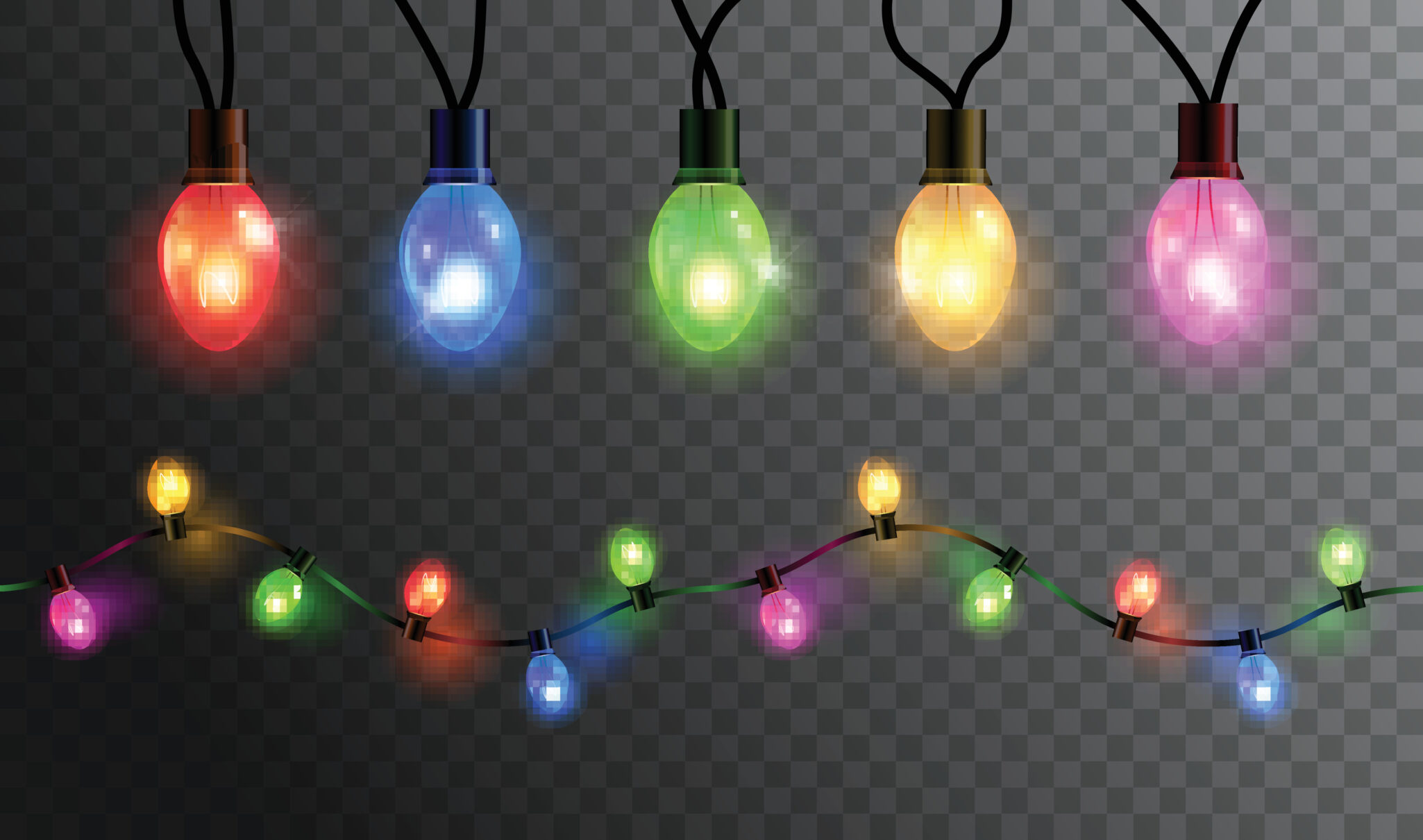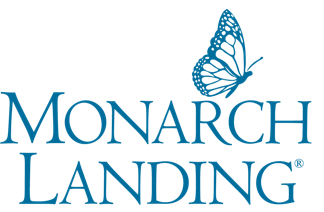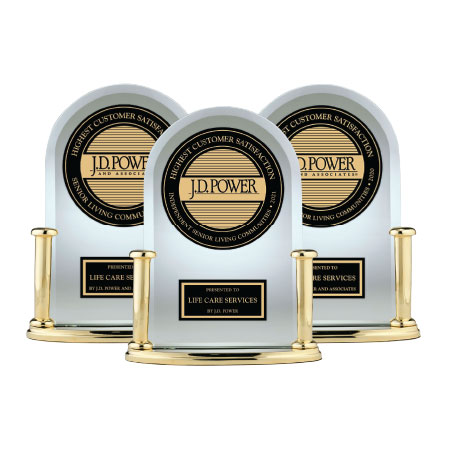Lighten Up With the Sparkling Beauty of Holiday Lights
December 22, 2020
We’re midway through the darkest month of the year, when sunlight averages only 9 hours, 10 minutes per day. Throughout December, the sun doesn’t rise until after 7 a.m. and sets by about 4:30 p.m. So, it’s a happy coincidence that this final month of the year also happens to be the best-lit month, thanks to the many holidays and celebrations that fill the days.
There is Hanukkah, the eight-day Festival of Lights, marked each evening by the ritual lighting of the menorah, a candelabrum. This year it runs from December 10th to 18th. The holiday observes the rededication of the second Jewish temple in Jerusalem during the 160s B.C.E. Blessings are said as the candles are lit and the menorah is placed in a front window where it can offer its light to the world.
Candles also play an important role in the observance of St. Lucia Day on December 13th. The feast day marks the life and sainthood of Santa Lucia, a Sicilian martyr persecuted for her faith about 300 C.E. Lucia, whose name means light, is celebrated in Italy with torches and candles. In Sweden, a girl dresses up in a white dress with red sash and wears a wreath of candles on her head while she processes through the village or serves breakfast biscuits and pepparkakor cookies to her family.
Of course, December is synonymous with the Christmas season, which extends from the first Sunday in Advent—a period of preparation observed by lighting candles on each of the four Sundays leading up to Christmas Day—until Epiphany Sunday on January 6th. The entire month is marked by dazzling light displays and fragrant candles.
A Christian holiday that has also become a cultural one, Christmas has deep roots in human history stretching back to the Celtic Yule celebration—which marked the Winter Solstice and the rebirth of the sun, and gave us the yule log tradition—to Saturnalia, an ancient Roman pagan festival held that was held during the week around December 25th.
Christian churches began celebrating Christmas on that day in the fourth century A.D. and the holiday incorporates established pagan traditions, including gift-giving, feasting, lighting candles and merrymaking that we still enjoy today.
You’ve probably noticed by now that the one unifying element of all these special occasions is light—which is never so welcome as during the darkest month of the year. Fortunately, we can command it at the touch of a finger (along with blessed heat), but earlier generations weren’t so lucky.
In fact, the sparkling lights that brighten our long nights of December are a relatively new invention. The modern concept of Christmas also is fairly recent, dating back to the 19th century, when traditions such as the Christmas tree, Santa Claus and stories such as “A Christmas Carol” were introduced. It was Prince Albert, husband of Queen Victoria, who brought the Tannenbaum—Christmas tree—to England. In those days it was festooned with candles, which were lit only briefly in order to avoid the obvious fire hazard.
But by 1882, Edward Hibberd Johnson had a better idea. A business of associate of Thomas Edison, who had introduced the first light bulb three years earlier, Johnson decided that electric lights offered a safer alternative to candles. He created an 80-bulb strand of red, white and blue bulbs the size of walnuts, which he installed on a revolving tree.
By 1894, President Grover Cleveland unveiled the White House Christmas tree, sparkling with 100 electric bulbs. A decade later, General Electric started selling light strings for home use, but they were expensive at $12 each. For those who needed a generator and a wireman to outfit the tree, the cost was $300—or about $2000 in today’s dollars.
If you think back over the years, you’ll recall the various lights that have brightened American holidays over the past several decades. There were the big, hot, electricity-guzzling colored bulbs of the ‘40s and ‘50s, which eventually were supplanted by color wheels when aluminum trees took off in the 1960s.
A decade later, white mini fairy lights took Americans by storm, and have been a holiday staple ever since. However, brighter, cooler, less expensive LED bulbs have gained popularity in recent years. While the original LEDs were icy in tone, they now come in various shades of white as well as other colors.
As with so many homes and neighborhoods, the windows of Monarch Landing senior living community in Naperville, are bright with holiday lights this time of year. And for those who love the glow of a beautiful candle, a wide range of safe, battery-operated ones are now available.
But maybe the best way to view seasonal lights is in abundance, such as at the annual Naper Lights Winter Wonderland on Water Street along the River Walk in downtown Naperville. Another option for those who crave a blaze of holiday lights is Illumination: Tree Lights at the Morton Arboretum in Lisle. Due to COVID-19, the nightly show has been adapted from a one-mile walk to a drive-through experience. Tickets are limited.
With so much dazzling beauty lighting the dark December nights, it may feel like a letdown when the time comes to pack them up for next year. But never fear! The days start getting longer on December 21st and it won’t be long until we’re enjoying soft spring evening again.




